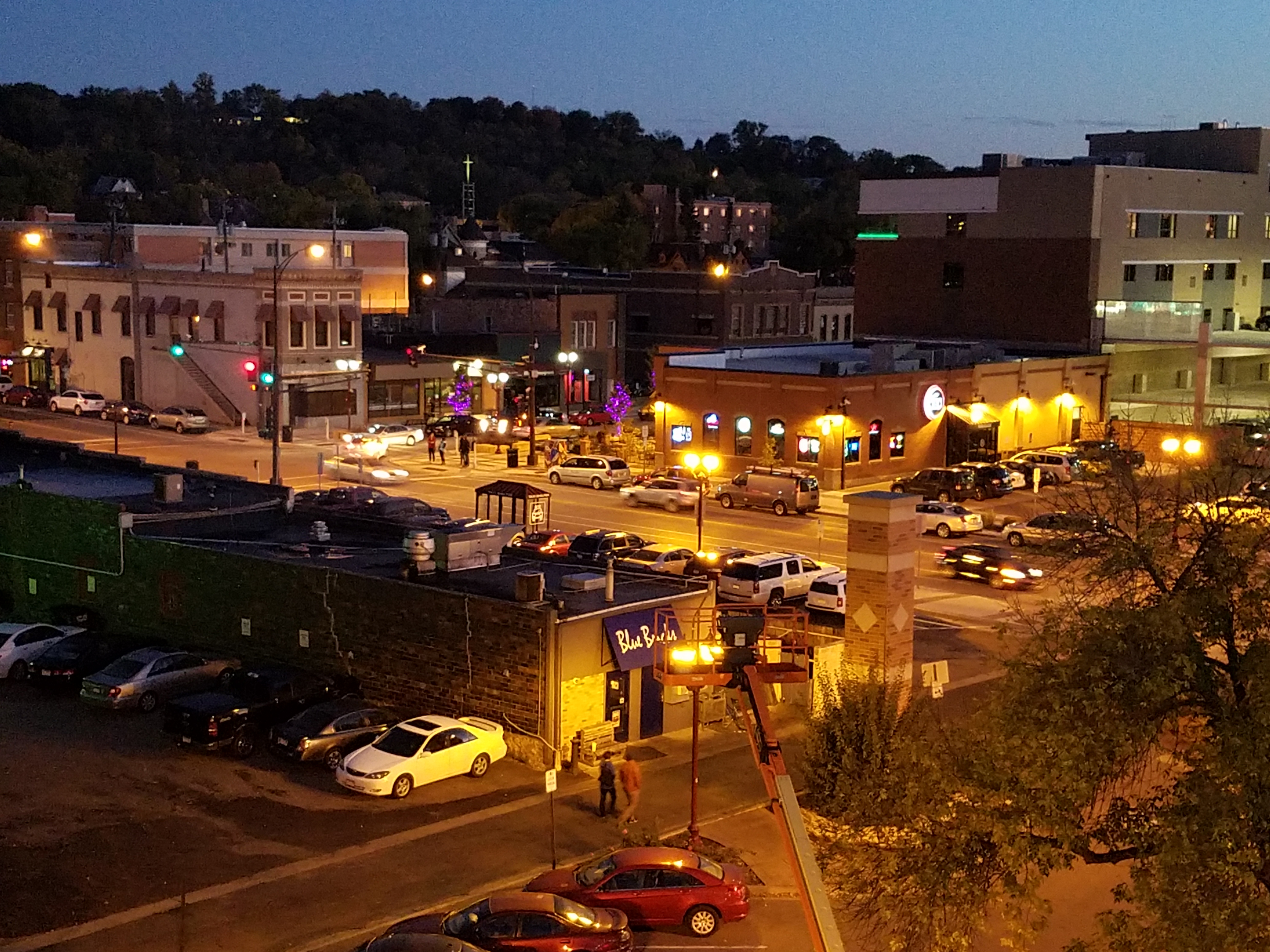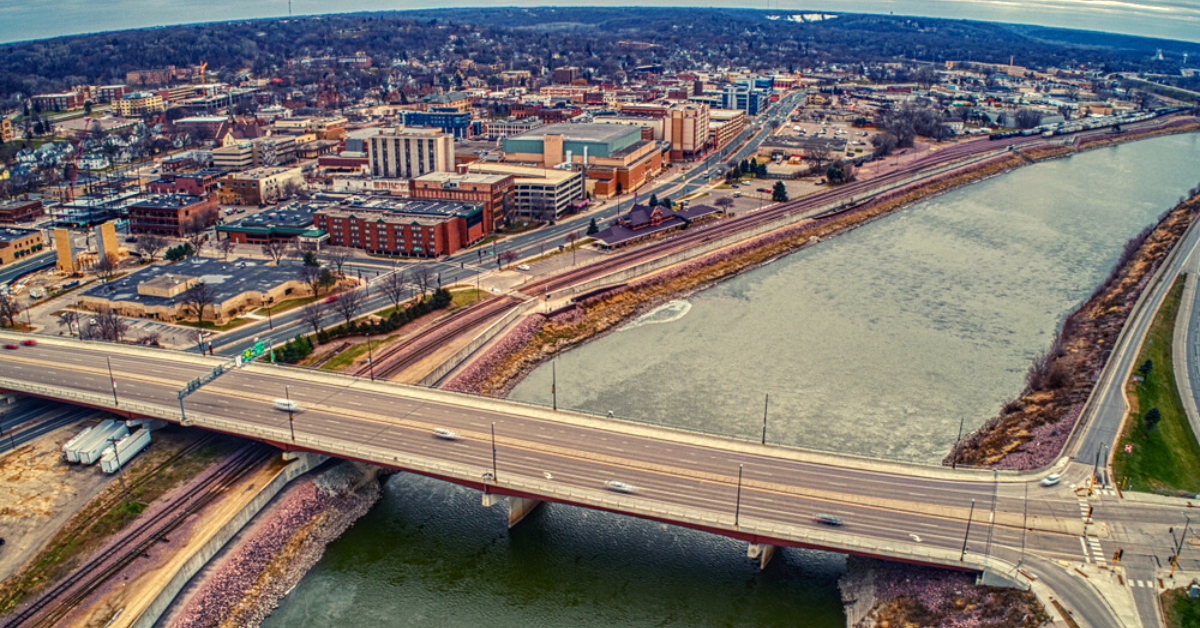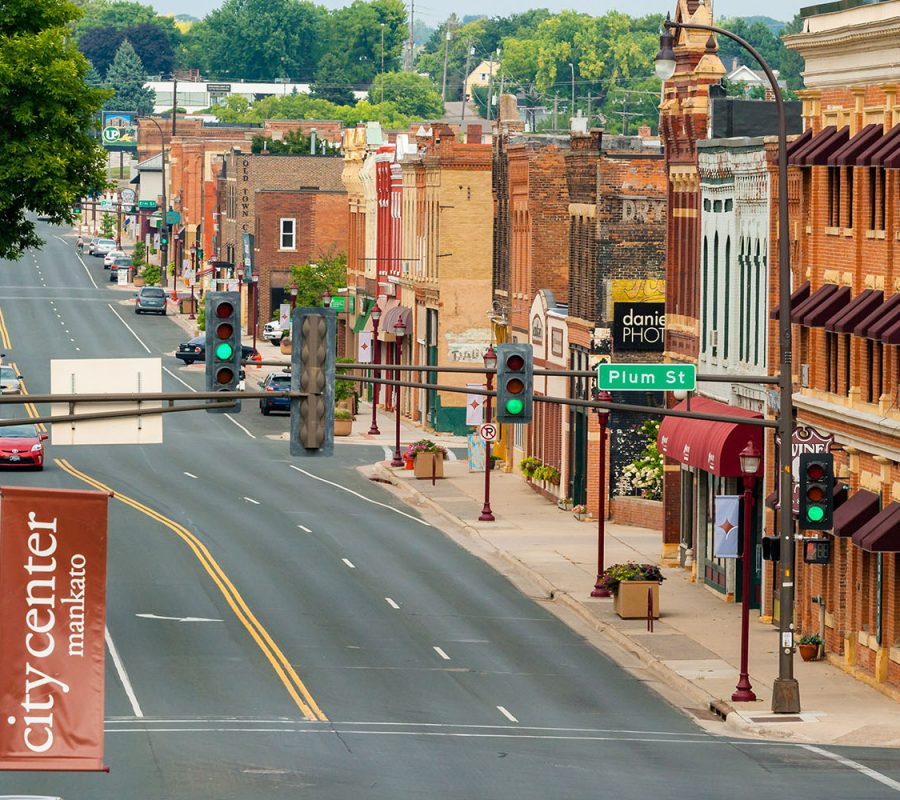Mankato’s Historical Significance

Mankato minnesota – Mankato, a city nestled in the heart of southern Minnesota, boasts a rich tapestry of historical significance that has shaped its identity and contributed to the development of the region. From its humble beginnings as a Native American trading post to its pivotal role in the Dakota War of 1862, Mankato has witnessed countless events that have left an indelible mark on its landscape and its people.
Mankato, Minnesota, a city nestled along the Minnesota River, bears witness to a tale of resilience. Once scarred by the devastating rapidan dam break , Mankato has emerged as a vibrant tapestry of history and community. The echoes of that fateful day linger, serving as a poignant reminder of the indomitable spirit that defines this city.
The city’s strategic location at the confluence of the Blue Earth and Minnesota Rivers made it a natural hub for trade and commerce. In the early 19th century, the area was home to the Dakota people, who established a trading post known as Mankato. As settlers began to arrive in the region, Mankato grew rapidly, becoming a major center for agriculture, milling, and transportation.
Notable Events
One of the most significant events in Mankato’s history is the Dakota War of 1862. Following a series of conflicts and misunderstandings, tensions between the Dakota and the settlers escalated, culminating in a bloody uprising. The war had a devastating impact on both communities, resulting in the deaths of hundreds of people and the displacement of thousands more.
Mankato, Minnesota, a picturesque city brimming with charm, stands as a testament to the indomitable spirit of its people. Its history is intertwined with events that shaped the nation, including the tragic rapidan dam break. This cataclysmic event left an indelible mark on the city, but the resilience of its residents ensured that Mankato would rise from the ashes, stronger than ever before.
In the aftermath of the war, Mankato became the site of the largest mass execution in American history. Thirty-eight Dakota men were hanged on December 26, 1862, in what is now known as Reconciliation Park. This tragic event cast a long shadow over the city, and its legacy continues to be debated and discussed to this day.
The tranquil waters of Mankato, Minnesota, hold a hidden tale of resilience. In 1893, the catastrophic rapidan dam break sent a torrent of water surging through the city, leaving behind a trail of destruction. Yet, from the depths of adversity, Mankato rose stronger, rebuilding its shattered infrastructure and becoming a testament to the indomitable spirit of its people.
Historical Landmarks
Mankato is home to several historical landmarks that tell the story of its past. The Blue Earth County Historical Society Museum houses a vast collection of artifacts and exhibits that trace the city’s development from its Native American roots to the present day. The Sibley House Historic Site, once the home of Governor Henry Hastings Sibley, offers a glimpse into the life and times of one of Minnesota’s most prominent figures.
Mankato, Minnesota, a city nestled along the Minnesota River, is steeped in both natural beauty and historical significance. A visit to the Rapidan Dam , a hydroelectric marvel located just north of the city, offers a glimpse into the city’s industrial heritage and the harmonious interplay between nature and human ingenuity.
As you wander through Mankato, the spirit of the past lingers in its charming downtown, inviting you to delve into the city’s rich tapestry of stories.
Another notable landmark is the Old Town Historic District, which features a collection of 19th-century buildings that have been restored and preserved. These buildings showcase the architectural styles and businesses that were common in Mankato during its early years.
Mankato, Minnesota, a city nestled amidst the rolling hills of the Upper Midwest, holds a somber chapter in its history. The catastrophic dam failure of 1891 unleashed a torrent of water that ravaged the city, leaving an indelible mark on its landscape.
Yet, amidst the devastation, Mankato emerged as a resilient community, rebuilding and thriving, forever etched with the memory of that fateful day.
Historical Figures
Throughout its history, Mankato has been home to a number of notable figures who have made significant contributions to the city and beyond. One such figure is Dr. William W. Mayo, who co-founded the Mayo Clinic in Rochester, Minnesota. Dr. Mayo was born in Mankato and spent his early years in the city, where he developed his passion for medicine.
Another prominent figure is Charles Lindbergh, the famous aviator who made the first solo transatlantic flight. Lindbergh was born in Little Falls, Minnesota, but he spent much of his childhood in Mankato, where he attended school and developed his interest in aviation.
Mankato’s rich history and its association with notable events, landmarks, and figures have shaped its identity and made it a vibrant and culturally significant city in southern Minnesota.
Cultural Attractions and Entertainment: Mankato Minnesota

Mankato boasts a thriving arts and culture scene that enriches the lives of its residents and attracts visitors from afar. The city is home to a diverse range of museums, theaters, music venues, and other cultural offerings that cater to a wide range of tastes and interests.
Mankato’s museums offer a fascinating glimpse into the city’s history, art, and culture. The Blue Earth County Historical Society Museum showcases the region’s rich past through exhibits on Native American heritage, early settlement, and agricultural development. The Rahr-West Art Museum features a collection of American and European art, including works by renowned artists such as Georgia O’Keeffe and Pablo Picasso.
Performing Arts
Mankato is also a hub for the performing arts. The Mankato Civic Center hosts a variety of performances, including Broadway shows, concerts, and dance productions. The Minnesota State University, Mankato Department of Theatre and Dance presents a full season of plays, musicals, and dance performances. The Mankato Symphony Orchestra offers a range of classical and contemporary concerts throughout the year.
Music Scene
Mankato’s music scene is equally vibrant. The city is home to a number of live music venues, including the Kato Ballroom, the Red Sky Lounge, and the What’s Up Lounge. These venues host a wide range of musical acts, from local bands to national touring artists. Mankato also hosts several annual music festivals, including the Mankato Music Fest and the Mankato Blues Fest.
Unique Events and Festivals
In addition to its cultural institutions, Mankato is also known for its unique events and festivals. The Mayo Clinic Health System Festival of Arts showcases the work of local and regional artists. The Sibley Park Summer Concert Series offers free concerts in the park every Thursday evening during the summer months. The Mankato Farmers’ Market, held every Saturday from May to October, features fresh produce, baked goods, and handmade crafts from local vendors.
Economic and Educational Opportunities

Mankato’s economy is a vibrant blend of industries, with manufacturing, healthcare, and education playing significant roles. The city’s strategic location at the confluence of the Minnesota and Blue Earth rivers has historically fostered trade and commerce.
Mankato is also home to several higher education institutions, including Minnesota State University, Mankato, Bethany Lutheran College, and South Central College. These institutions provide a highly educated workforce and contribute to the city’s intellectual and cultural landscape.
Major Industries
- Manufacturing: Mankato is home to several manufacturing companies, including Taylor Corporation, Kato Engineering, and Raven Industries. These companies produce a wide range of products, from agricultural equipment to medical devices.
- Healthcare: Mankato is a regional healthcare hub, with several hospitals and clinics providing a comprehensive range of medical services. The city is also home to the Mayo Clinic Health System, which offers specialized care in various fields.
- Education: Minnesota State University, Mankato, is the city’s largest employer and a major economic driver. The university offers a wide range of undergraduate and graduate programs, attracting students from across the region.
Higher Education Institutions, Mankato minnesota
Mankato’s higher education institutions play a vital role in the community. They provide a highly skilled workforce, support research and innovation, and contribute to the city’s cultural life.
- Minnesota State University, Mankato: The university offers over 130 undergraduate and graduate programs in various fields, including business, education, health sciences, and the arts. It is also home to several research centers and institutes.
- Bethany Lutheran College: A private liberal arts college, Bethany Lutheran College offers a range of undergraduate programs in the humanities, social sciences, and natural sciences. It is known for its strong academic programs and commitment to community service.
- South Central College: A two-year community college, South Central College offers a variety of associate degrees and technical programs. It is a popular choice for students seeking to enter the workforce or continue their education at a four-year institution.
Job Market and Career Opportunities
Mankato offers a diverse range of job opportunities in various industries. The city’s major employers, such as Taylor Corporation, Mayo Clinic Health System, and Minnesota State University, Mankato, provide stable and well-paying positions.
Mankato is also a popular destination for young professionals and recent graduates seeking to start their careers. The city’s thriving economy and vibrant cultural scene offer ample opportunities for professional growth and personal fulfillment.